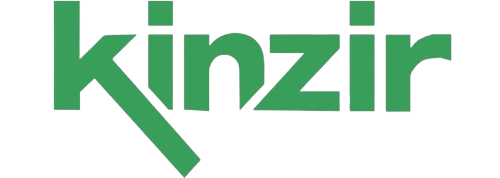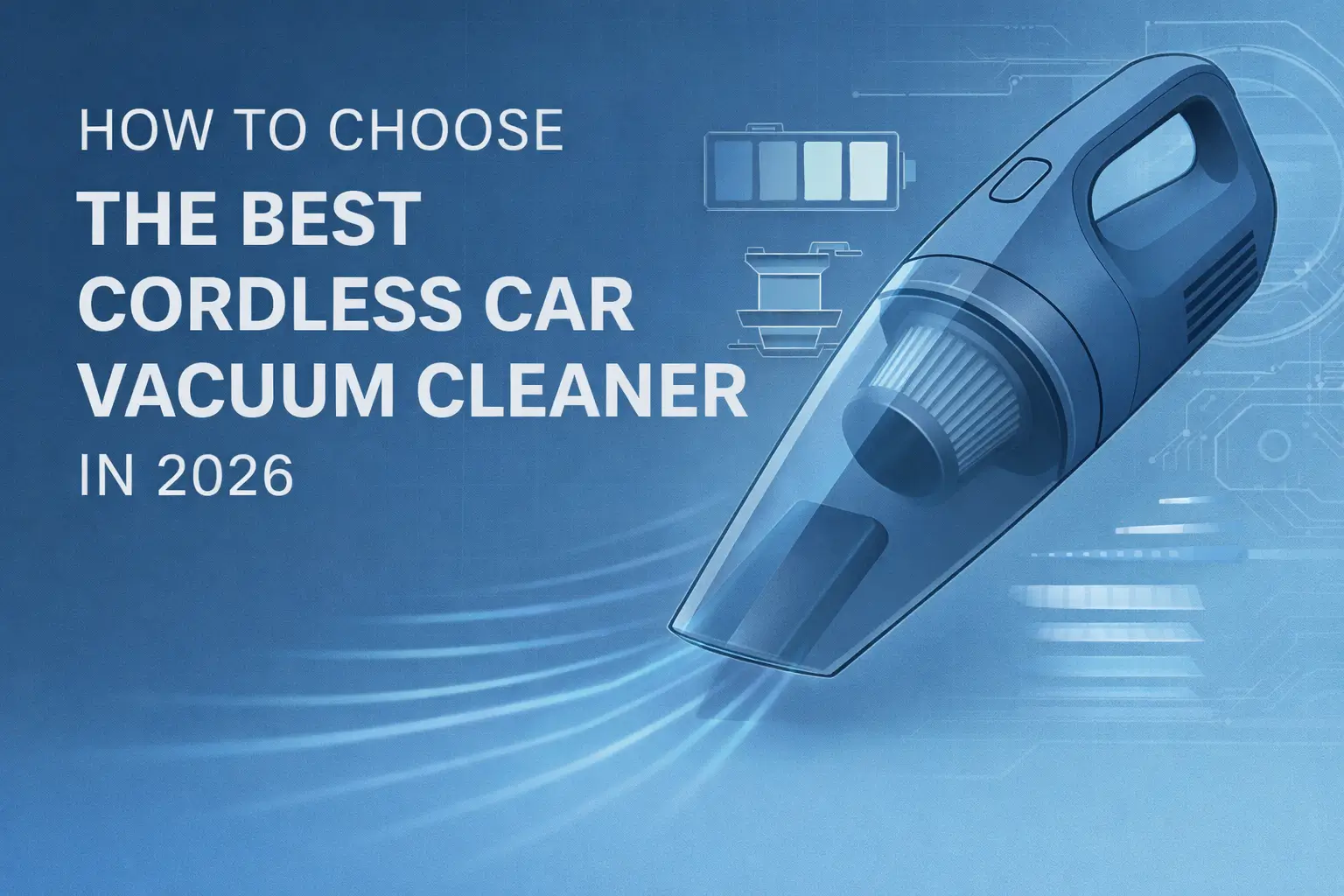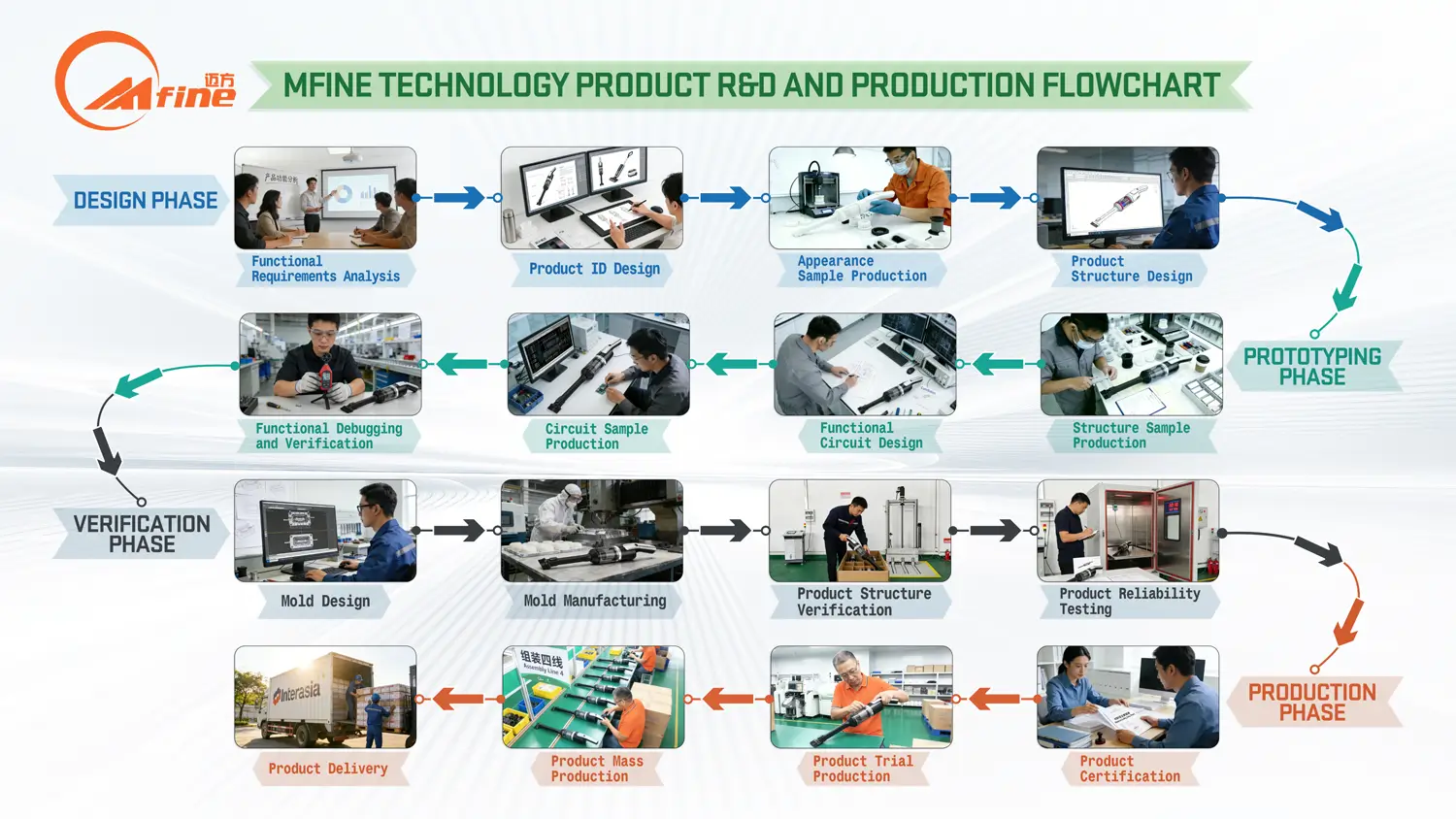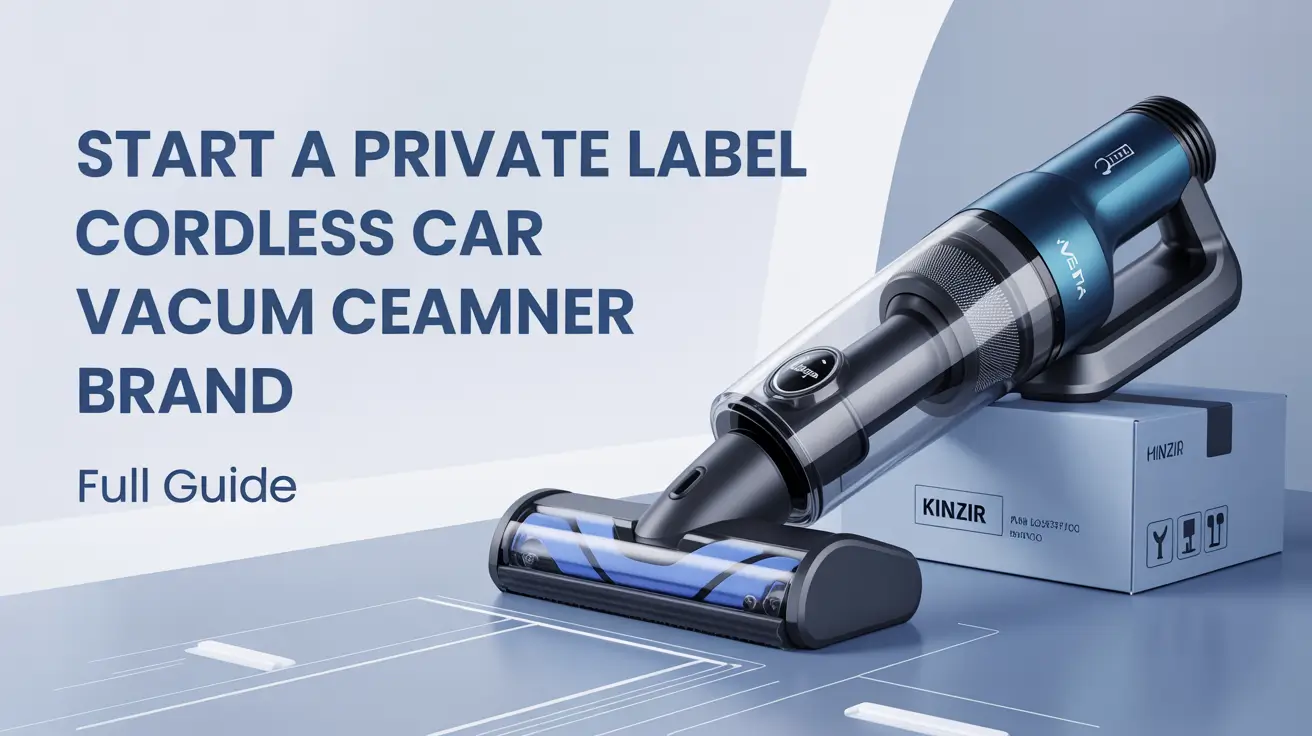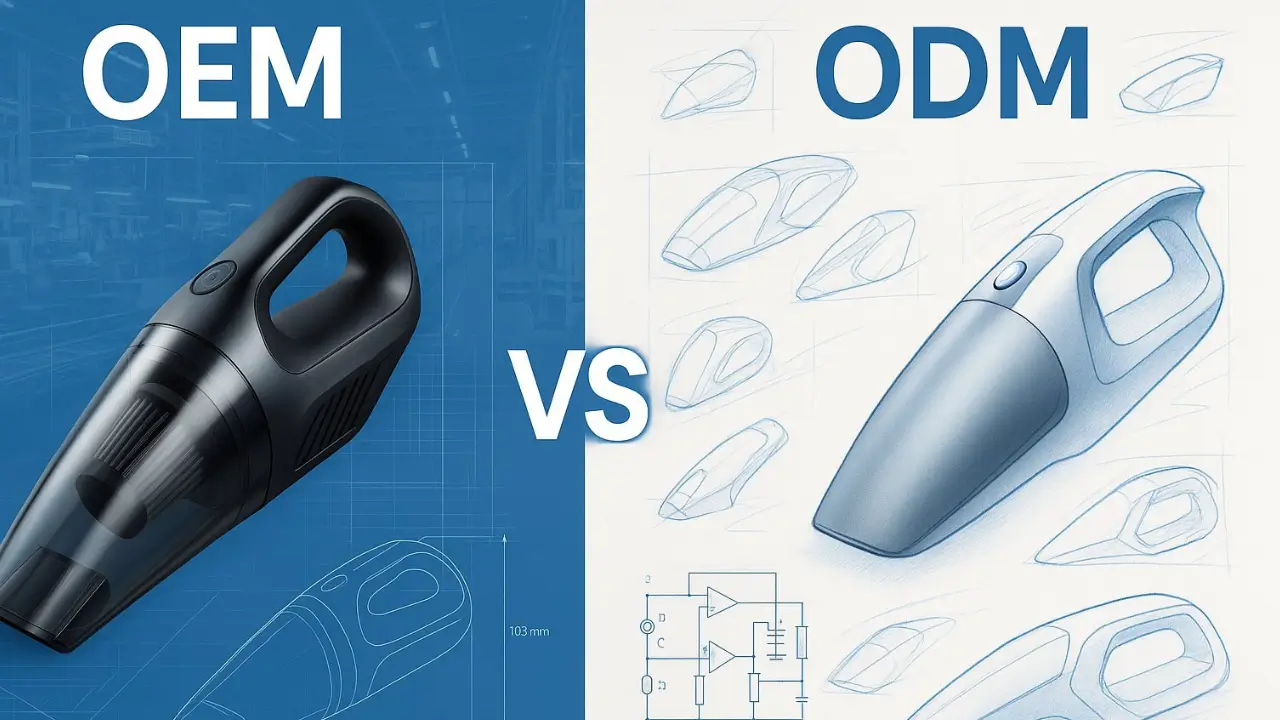Navigating Japan’s electrical safety requirements can be complex, but this PSE certification guide breaks down everything you need to know about the Product Safety of Electrical Appliance & Materials law to successfully enter the Japanese market. The PSE certification system, overseen by Japan’s Ministry of Economy, Trade and Industry (METI), ensures electrical products meet strict Japan electrical safety standards before they can be sold domestically.
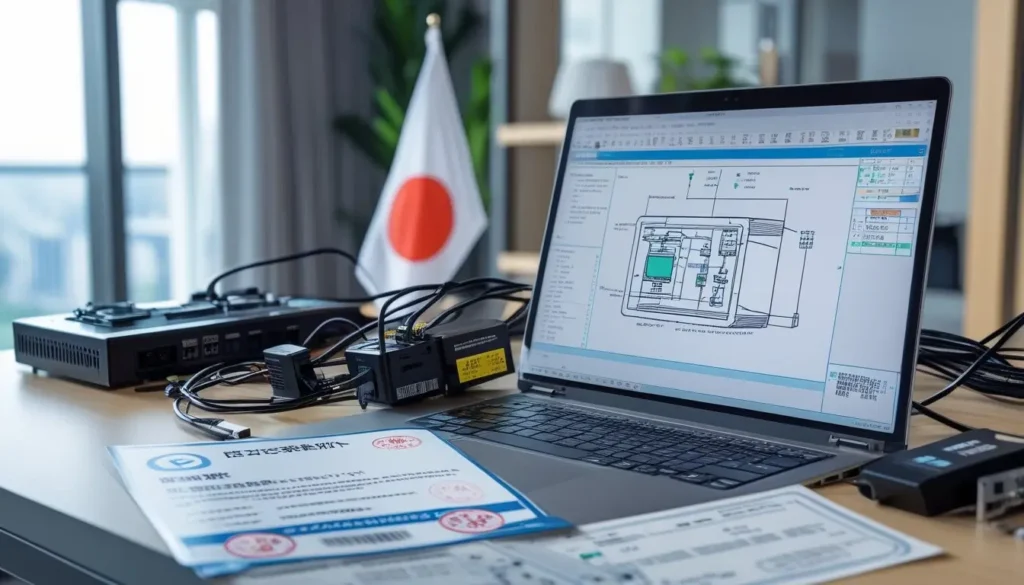
Understanding PSE requirements becomes critical when you’re planning to export electrical appliances or materials to Japan. Without proper PSE certification, your products cannot legally be sold in Japan, making this compliance step essential for market access. METI enforces these regulations to protect consumers and maintain safety standards across all electrical products.
This guide covers the certification process from start to finish, including different PSE mark types, application procedures, testing requirements, and common pitfalls to avoid. You’ll also learn about costs, timelines, and how PSE compares to other international certifications, giving you the complete roadmap for Japanese market compliance.
What Is PSE Certification?
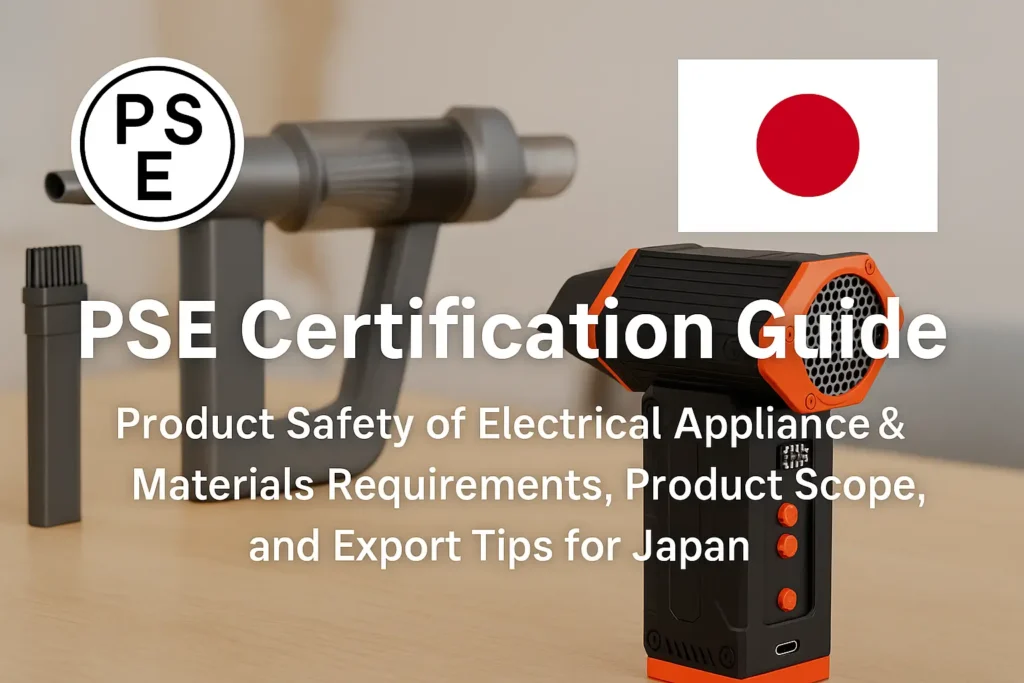
PSE certification is Japan’s mandatory safety certification system for electrical appliances and materials. The certification ensures that electrical products meet Japanese safety standards before entering the market.
PSE stands for Product Safety of Electrical Appliance & Materials. This system was established under Japan’s Electrical Appliance and Material Safety Law.
The certification applies to two main categories:
- Category A (Diamond PSE): High-risk electrical products requiring third-party testing
- Category B (Round PSE): Lower-risk products that can be self-declared by manufacturers
You must obtain PSE certification before selling electrical products in Japan. The process involves safety testing, documentation review, and compliance verification.
Key requirements include:
| Requirement | Description |
|---|---|
| Safety testing | Products must pass electrical safety tests |
| Documentation | Technical files and test reports required |
| PSE mark | Certified products must display the PSE symbol |
| Registration | Importers must register with Japanese authorities |
The PSE mark indicates that your electrical product complies with Japanese safety regulations. Without this certification, you cannot legally sell electrical appliances or materials in Japan.
PSE certification Japan covers over 450 product categories. These range from household appliances to industrial electrical equipment and components.
Your certification remains valid as long as you maintain compliance with Japanese safety standards. Regular monitoring and updates may be required for continued market access.
Types of PSE Marks and Their Differences
Japan uses two distinct PSE mark types to categorize electrical products based on their safety risk levels. The diamond PSE mark applies to higher-risk specified products, while the round PSE mark covers lower-risk non-specified items.
Diamond PSE Mark (For Specified Products)
The diamond PSE mark identifies Category A products that pose higher safety risks. These specified electrical appliances and materials require mandatory safety inspections by registered inspection bodies before market entry.
Key requirements include:
- Third-party safety testing and certification
- Annual factory inspections
- Detailed technical documentation
- Stricter quality control standards
You must obtain this diamond-shaped mark for products like electrical heating appliances, power transformers, and certain industrial equipment. The certification process typically takes 2-4 months.
The diamond PSE mark requirements are more stringent than round PSE marks. Your products need comprehensive safety evaluations covering electrical, mechanical, and thermal hazards.
Round PSE Mark (For Non-Specified Products)
The round PSE mark applies to Category B products classified as non-specified electrical appliances and materials. These items present lower safety risks and follow a self-declaration process.
Requirements include:
- Self-testing against Japanese safety standards
- Technical file preparation
- Declaration of conformity
- Authorized representative in Japan
You can affix the circle PSE mark after completing internal safety testing and documentation. This process is faster and less expensive than diamond PSE certification.
Your responsibility includes maintaining test records and ensuring ongoing compliance. The round mark covers most consumer electronics, household appliances, and standard electrical components.
Examples of Products Under Each Type
Diamond PSE Mark Products:
- Electric water heaters and boilers
- Microwave ovens
- Hair dryers and curling irons
- Power supply transformers
- Electrical therapeutic equipment
Round PSE Mark Products:
- Smartphones and tablets
- LED lights and fixtures
- Computer peripherals
- Audio equipment
- Battery chargers
The product classification determines your PSE label requirements and certification pathway. Misclassification can result in market access delays and regulatory penalties.
Some products may shift between categories based on voltage ratings or intended use. You should verify the correct classification before beginning certification.
Visual Illustrations
The diamond PSE mark features angular edges forming a diamond shape with “PSE” inside. This geometric design signals higher regulatory oversight for specified products.
The round PSE mark displays “PSE” within a perfect circle. The circular design represents the streamlined approval process for non-specified items.
Mark specifications:
- Minimum height: 3mm
- Clear visibility requirements
- Permanent attachment to product
- Specific color and contrast standards
Both marks must appear on the product label alongside your company information and technical specifications. The PSE mark meaning becomes clear through its distinctive shape indicating the applicable safety category.
Which Products Require PSE Certification?
The Electrical Appliance and Material Safety Law requires specific electrical products to obtain PSE certification before entering the Japanese market. Products fall into different categories with varying compliance requirements under Japan product compliance regulations.
Household Electronics
Home appliances require PSE certification under DENAN Law Japan regulations. Common household items include refrigerators, washing machines, microwave ovens, and vacuum cleaners.
Television sets, DVD players, and audio equipment need certification before market entry. Air conditioners, electric fans, and space heaters also fall under these requirements.
Kitchen appliances requiring certification:
- Rice cookers
- Coffee makers
- Electric kettles
- Toaster ovens
- Food processors
Small personal care devices like hair dryers, electric shavers, and electric toothbrushes must comply with PSE standards. Gaming consoles and computer monitors also require proper certification.
These products typically fall under the Specified Electrical Appliances and Materials category. Manufacturers must obtain the diamond-shaped PSE mark for these items.
Power Supply Equipment
Battery chargers for mobile devices require PSE certification under the Electrical Appliance and Material Safety Law. Laptop power supplies and desktop computer power units need proper compliance documentation.
Uninterruptible power supplies (UPS) systems must meet Japan product compliance standards. Power strips with surge protection require certification before market entry.
Power equipment categories:
- AC/DC adapters
- Battery chargers
- Power inverters
- Voltage transformers
- Switching power supplies
DC power supplies used in electronic equipment require the circular PSE mark. These products generally have less stringent testing requirements than household appliances.
Power banks and portable charging devices must comply with DENAN Law requirements. Solar power converters and wind power inverters also need certification.
LED Lighting
LED light bulbs require PSE certification under Japan’s electrical safety regulations. LED strip lights and LED panel lights must comply with DENAN Law Japan standards.
Fluorescent lamp replacements using LED technology need proper certification. LED ceiling lights and pendant lights require compliance before market entry.
Common LED products requiring PSE:
- LED bulbs (E26, E17 bases)
- LED tube lights
- LED downlights
- LED floodlights
- LED desk lamps
LED drivers and ballasts fall under Specified Electrical Appliances and Materials requirements. These components typically need the diamond-shaped PSE mark.
Emergency lighting systems using LED technology require certification. Decorative LED lighting for commercial use must meet Japan product compliance standards.
Cords, Plugs, Adapters
Electrical cords with plugs require Japan plug certification under PSE regulations. Extension cords and power cables must comply with DENAN Law standards.
AC adapters for electronic devices need PSE certification before market entry. USB charging cables with AC plug adapters require proper compliance documentation.
Cord and plug categories:
- Extension cords
- Power cables
- Plug adapters
- Outlet strips
- Connector cables
Travel adapters allowing foreign plugs to connect to Japanese outlets need certification. Multi-outlet power strips require the circular PSE mark.
Replacement power cords for appliances must meet Electrical Appliance and Material Safety Law requirements. Industrial-grade extension cords also need proper certification documentation.
How to Get PSE Certified: Step-By-Step
PSE certification requires selecting an RCAB, conducting product testing against technical requirements, preparing conformity documentation, and completing registration with factory inspection.
Choosing a Registered Conformity Assessment Body (RCAB)
You must select an RCAB authorized by Japan’s Ministry of Economy, Trade and Industry (METI) to perform PSE conformity assessment. Each RCAB Japan offers different specializations and testing capabilities for electrical products.
Research RCABs that specialize in your product category. Some focus on household appliances while others handle industrial equipment or electronic components.
Contact multiple RCABs to compare their testing facilities, turnaround times, and pricing structures. Ask about their experience with products similar to yours.
Verify the RCAB’s accreditation status through METI’s official database. Only registered bodies can issue valid certificates of conformity for PSE certification.
Submit your product specifications and technical documentation to your chosen RCAB for initial review. They will provide a detailed quote and timeline for the certification process.
Product Testing
Your selected Conformity Assessment Body (CAB) will test your product against Japan’s technical requirements outlined in the Electrical Appliance and Material Safety Law. Testing covers electrical safety, electromagnetic compatibility, and construction standards.
Provide production samples that represent your final commercial product. The RCAB will conduct safety tests including insulation resistance, dielectric strength, and temperature rise measurements.
Testing duration varies from 2-8 weeks depending on product complexity. Simple products like extension cords require basic safety testing, while complex electronics need comprehensive electromagnetic compatibility evaluation.
If your product fails initial testing, you must modify the design and resubmit samples. The RCAB will re-test only the areas that previously failed.
Technical Document Preparation
Prepare comprehensive technical documentation including circuit diagrams, component specifications, user manuals, and manufacturing drawings. All documents must be in Japanese or accompanied by certified translations.
Create a detailed product description that includes operating voltage, power consumption, intended use, and safety features. Include materials lists with supplier certifications for key components.
Develop installation and operation manuals that comply with Japanese safety standards. These documents become part of your conformity assessment file.
Submit quality management system documentation showing your manufacturing processes meet required standards. This supports your self-declaration of conformity for ongoing production.
Registration and Inspection
Register your certified product with METI using the DENAN system within 30 days of receiving your certificate of conformity. This registration enables legal sale in Japan.
Schedule a factory audit with your RCAB to verify manufacturing capabilities and quality control systems. The factory inspection confirms you can produce products consistent with tested samples.
During the factory inspection, inspectors examine production equipment, testing procedures, and quality records. They verify your ability to maintain product consistency and safety standards.
Complete the DENAN registration by submitting your certificate of conformity, technical documentation, and factory inspection report. METI will issue your PSE registration number for product labeling.
Who Needs to Apply for PSE?
PSE certification requirements apply to specific entities in the import and export chain who bring electrical products into Japan. Japanese import regulations mandate that importers, OEM/ODM manufacturers, and trading companies serving as authorized representatives must obtain PSE certification before products can legally enter the Japanese market.
Importers to Japan
You need PSE certification if you are importing electrical appliances or materials directly into Japan for commercial purposes. Japanese customs authorities require valid PSE certification documentation before allowing products to clear customs.
Direct importers must register with the Ministry of Economy, Trade and Industry (METI) as the responsible party for PSE compliance. This includes retailers, distributors, and companies importing products for their own use.
Your responsibilities as an importer include:
- Obtaining PSE certification before shipment
- Maintaining certification records for inspection
- Ensuring products display proper PSE markings
- Filing annual reports with METI
Authorized importers in Japan cannot transfer PSE certification responsibilities to other parties. You remain legally liable for product safety compliance throughout the product’s lifecycle in the Japanese market.
OEM/ODM Factories Exporting to Japan
Your factory must coordinate PSE certification when manufacturing products destined for Japan, even though you may not be the final importer. OEM/ODM exporters typically handle the technical testing and documentation requirements on behalf of their Japanese customers.
Manufacturing facilities need to ensure products meet PSE technical standards before production. You must work with accredited testing laboratories to verify compliance with Japanese electrical safety requirements.
Key responsibilities include conducting factory inspections, maintaining quality control systems, and providing certification documentation to Japanese importers. Your production processes must align with PSE requirements for materials, components, and assembly methods.
The certification process requires detailed technical documentation about your manufacturing capabilities and quality assurance procedures.
Trading Companies Representing Foreign Brands
You need PSE certification when acting as an authorized representative for foreign manufacturers in the Japan market. Trading companies often handle private labeling for Japan market entry and assume certification responsibilities.
Your role includes coordinating between overseas manufacturers and Japanese customers to ensure PSE compliance. You must register as the responsible party with Japanese authorities when representing foreign brands.
Documentation requirements include manufacturer agreements, product specifications, and quality control certificates. You become liable for product safety performance once you accept representation responsibilities.
Trading companies must maintain ongoing relationships with testing laboratories and certification bodies. Your responsibilities extend beyond initial certification to include market surveillance and recall procedures if safety issues arise.
PSE vs Other Certifications (CE, FCC, ROHS)
PSE certification differs significantly from CE, FCC, and RoHS requirements in scope and application. While CE covers European markets and FCC focuses on US radio frequency emissions, PSE specifically addresses electrical safety for Japanese markets.
CE vs PSE Certification
CE marking demonstrates compliance with European health and safety standards. PSE certification requires adherence to Japan’s Electrical Appliance and Material Safety Law with specific Japan deviations from standard IEC requirements.
You cannot use CE certification alone to enter Japanese markets. Japan requires separate PSE testing and certification even if your product already holds CE marking.
Regional Standards Comparison
| Certification | Region | Primary Focus |
|---|---|---|
| PSE | Japan | Electrical safety and materials |
| CE | Europe | Health, safety, environmental protection |
| FCC | United States | Radio frequency emissions |
| RoHS | Europe/Global | Hazardous substance restrictions |
Japan RoHS Compliance
Japan has its own RoHS-equivalent regulations separate from European RoHS requirements. Japan RoHS compliance focuses on restricting hazardous substances in electrical equipment sold domestically.
IEC Standards and Japan Deviations
PSE certification often references IEC standards but includes Japan-specific deviations. These deviations may require additional testing beyond standard IEC compliance requirements.
Japan S-mark and Other Certifications
The Japan S-mark represents voluntary safety certification for specified electrical appliances. This complements mandatory PSE requirements and demonstrates additional safety compliance within electrical safety standards in Asia.
Multiple certifications may be required simultaneously depending on your product category and target markets.
Common Mistakes to Avoid in PSE Application
Manufacturers frequently encounter three critical errors that can delay or derail PSE certification. These mistakes involve submitting incorrect paperwork, using non-accredited testing facilities, and failing to properly display required safety symbols.
Wrong Documentation
You must submit complete technical documentation that matches your specific product model. Many applications fail because manufacturers provide generic specifications instead of detailed technical files for the exact product seeking certification.
Your technical file must include accurate circuit diagrams, component specifications, and user manuals in Japanese. Missing or incorrect documentation leads to immediate rejection by METI.
Submit original test reports that correspond to your product’s actual configuration. Using modified or outdated test reports from similar products violates PSE requirements and delays approval.
Required documents include:
- Detailed product specifications
- Circuit diagrams and schematics
- Japanese instruction manuals
- Original PSE test report
- Manufacturing process documentation
Testing at Unauthorized Labs
You can only use METI-approved testing laboratories for PSE certification. Using unauthorized facilities renders your test results invalid, regardless of the laboratory’s international accreditation status.
Verify your chosen laboratory appears on METI’s official list of approved testing bodies. Many manufacturers assume international certifications like ISO/IEC 17025 guarantee PSE acceptance, but this is incorrect.
Your PSE test report must bear the official seal and signature of an authorized Japanese testing facility. Reports from unauthorized labs require complete retesting at approved facilities, causing significant delays and additional costs.
METI-approved labs include:
- JET (Japan Electrical Safety & Environment Technology Laboratories)
- JQA (Japan Quality Assurance Organization)
- UL Japan
Mislabeling or Missing Symbols
You must display the correct PSE symbol based on your product category. Category A products require the diamond-shaped PSE mark, while Category B products use the round PSE symbol.
Your PSE marking must include the certification body’s identification code and your company’s registered name or trademark. Omitting these elements makes your marking incomplete and non-compliant.
Position the PSE symbol where it remains visible during normal use. The marking must be permanent, legible, and proportionally sized according to METI specifications.
PSE marking requirements:
- Correct symbol shape (diamond or round)
- Certification body code
- Company identifier
- Permanent application method
- Visible placement on product
What Happens If You Sell in Japan Without PSE?
Selling electrical products in Japan without proper PSE certification carries serious legal and financial consequences. The Japanese government strictly enforces these safety regulations.
Immediate Legal Actions
You face potential criminal charges under the Electrical Appliance and Material Safety Law. Authorities can impose fines up to ¥1 million for individuals.
Corporate entities face even steeper penalties. Companies can receive fines up to ¥100 million for violations.
Market Access Restrictions
Customs officials will block your products at Japanese borders. Your shipments will be seized and potentially destroyed at your expense.
Retailers cannot legally sell your products without PSE marks. Major distribution channels will refuse to carry non-compliant items.
Business Impact
Your company may be banned from importing electrical products to Japan. This prohibition can last indefinitely until you achieve full compliance.
Enforcement Actions
| Violation Type | Penalty Range | Additional Consequences |
|---|---|---|
| Individual seller | Up to ¥1 million | Possible imprisonment |
| Corporate entity | Up to ¥100 million | Import restrictions |
| Repeat offenses | Enhanced penalties | Extended market bans |
Japanese authorities actively monitor the market for non-compliant products. They conduct regular inspections of both imported and domestically sold electrical items.
Your business reputation will suffer significant damage. Recovery requires obtaining proper certification and rebuilding trust with Japanese partners and customers.
How PSE Affects Your Japan Export Strategy
PSE certification directly impacts your ability to export electronics to Japan. Without proper certification, your products cannot legally enter the Japanese market.
You must obtain PSE approval before shipping electrical products to Japan. This affects your product development timeline and launch schedules.
Category A products require factory inspections and annual compliance checks. This adds ongoing costs to your export operations. You need to budget for these recurring expenses.
Category B products have simpler self-declaration requirements. These products can enter the market faster with lower compliance costs.
Your certification choice affects market entry speed:
- Diamond PSE: 3-6 months processing time
- Round PSE: 1-2 months processing time
PSE requirements influence your product design decisions. You may need to modify electrical specifications to meet Japanese safety standards before manufacturing.
Testing costs vary by product complexity. Simple electronics may cost $2,000-5,000 for testing. Complex products can require $10,000-20,000 in testing fees.
You must work with PSE-registered testing laboratories. This limits your choice of certification bodies and may increase costs compared to other markets.
Documentation requirements are extensive. You need technical files, test reports, and compliance declarations in Japanese. This affects your regulatory preparation time.
PSE marking must appear on your products and packaging. This may require separate production runs for the Japanese market.
Your chosen certification body affects approval timelines. Some laboratories have faster processing than others.
Tips for Choosing a Reliable PSE Testing Lab
Selecting the right testing laboratory requires evaluating authorized credentials, asking specific technical questions, and comparing service offerings. These factors determine compliance success and project timelines.
Vetting Authorized Labs
Verify that testing laboratories hold official authorization from METI or designated certification bodies. JET (Japan Electrical Safety & Environment Technology Laboratories) and JQA (Japan Quality Assurance Organization) are primary domestic options with extensive PSE experience.
International laboratories operating in Japan include TÜV Rheinland Japan, SGS Japan, and Bureau Veritas Japan. These facilities must maintain Japanese regulatory approvals to conduct valid PSE testing.
Check laboratory accreditation status through official METI databases. Authorized labs display certification numbers and scope documents that specify which product categories they can test.
Review the lab’s testing equipment capabilities. PSE testing requires specialized apparatus for electrical safety, EMC, and performance evaluations that match your product specifications.
Examine laboratory quality management systems. ISO/IEC 17025 accreditation demonstrates technical competence and quality assurance standards necessary for reliable electrical product testing in Japan.
Questions to Ask
Ask about specific experience with your product category. Different electrical appliances require specialized knowledge of applicable PSE standards and testing procedures.
Inquire about sample preparation requirements and shipping procedures. Some laboratories provide detailed packaging guidelines to prevent damage during transit.
Request information about testing protocols and which PSE standards apply to your products. Laboratories should clearly explain Category A versus Category B requirements and corresponding test sequences.
Confirm reporting formats and certification document delivery methods. Ask whether reports include English translations and meet Japanese regulatory submission requirements.
Verify third-party inspection capabilities if your products require additional compliance verification. Some laboratories offer integrated services while others require separate inspection arrangements.
Comparing Pricing and Timelines
Compare detailed cost breakdowns rather than total estimates. Testing fees vary significantly based on product complexity, required standards, and additional services like pre-compliance testing.
Evaluate timeline commitments for different service levels. Standard testing typically requires 2-4 weeks while expedited services may complete within 5-10 business days at premium rates.
Consider package pricing for multiple product variants. Laboratories often offer reduced rates for similar products tested simultaneously or under family certification approaches.
Request separate quotes for optional services like technical file review, label verification, and regulatory consultation. These additions can streamline your compliance process but increase total costs.
Factor in potential retest fees and modification costs. Choose laboratories that provide clear revision policies and transparent pricing for addressing non-conformities discovered during initial testing.
Kinzir Products with PSE Certification
Kinzir manufactures several electrical appliances that require PSE certification for legal distribution in Japan. Their certified product line includes electric dusters, turbo jet fans, and vacuum cleaners, all meeting Japan’s mandatory safety standards.
Kinzir Electric Dusters
Kinzir electric dusters carry PSE certification for safe operation in Japanese markets. These devices use compressed air technology to remove dust and debris from electronic equipment.
The certification covers electrical components including the motor, power cord, and internal wiring. You can verify PSE compliance through the certification mark displayed on the product housing.
Key certified models include:
- KZ-ED100 Compact Electric Duster
- KZ-ED200 Professional Electric Duster
- KZ-ED300 Heavy-Duty Electric Duster
Each model underwent testing for electrical safety, electromagnetic compatibility, and mechanical durability. The certification ensures compliance with Japan’s technical standards for small electrical appliances.
Turbo Jet Fans
Kinzir turbo jet fans received PSE certification after meeting Japan’s safety requirements for portable cooling devices. These fans feature variable speed controls and oscillating functions.
The PSE testing process evaluated motor performance, electrical insulation, and thermal protection systems. You must look for the PSE mark on the fan base or control panel.
Certified specifications include:
- Voltage rating: 100V AC
- Frequency: 50/60Hz
- Power consumption: 35-85W
- Safety class: Class II protection
The certification validates proper grounding systems and prevents electrical shock hazards during normal operation.
Vacuum Cleaners
Kinzir vacuum cleaners obtained PSE certification for their electrical safety systems and motor protection features. The certification applies to both corded and cordless models.
Testing covered suction motor performance, battery charging systems, and electrical component durability. You can find PSE markings on the main unit near the power specifications.
Certified safety features:
- Overheating protection circuits
- Ground fault protection
- Insulation resistance testing
- Electromagnetic emission compliance
The certification process included 1,000-hour endurance testing and electrical safety verification under various operating conditions.
Proof of Compliance
Kinzir provides PSE compliance documentation through official certification numbers and testing reports. You can verify authenticity through Japan’s Ministry of Economy, Trade and Industry database.
Each certified product displays the PSE diamond mark along with the manufacturer’s identification code. The certification documents include test results from accredited Japanese testing laboratories.
Required documentation includes:
- PSE certificate number
- Technical file reference
- Laboratory test reports
- Declaration of conformity
You should request these documents from authorized distributors when purchasing Kinzir products for commercial use in Japan.
PSE Certification Timeline & Cost Breakdown
PSE certification typically takes 4-8 weeks and costs between ¥300,000-¥800,000 depending on your product category and testing requirements. Diamond PSE products require more extensive testing and higher fees than Circle PSE items.
Timeline Overview
The PSE certification process follows a structured timeline that varies by product complexity. Circle PSE products typically complete certification within 4-6 weeks from application submission.
Diamond PSE products require 6-8 weeks due to additional safety testing requirements. Your timeline starts when you submit complete documentation to your chosen testing laboratory.
Initial document review takes 3-5 business days. Laboratory testing consumes the majority of your timeline, ranging from 2-4 weeks for basic products to 4-6 weeks for complex electrical equipment.
Final certification issuance occurs within 1-2 weeks after successful testing completion. Rush processing options are available for an additional 20-30% fee, reducing timelines by approximately one week.
Typical Costs
PSE certification costs depend on your product category, testing complexity, and laboratory selection. Circle PSE certification generally ranges from ¥300,000 to ¥500,000 per product model.
Diamond PSE certification costs between ¥500,000 to ¥800,000 due to comprehensive safety testing requirements. These fees include document review, laboratory testing, and certificate issuance.
Additional costs may include translation services for non-Japanese documentation (¥50,000-¥100,000) and technical file preparation assistance (¥100,000-¥200,000). Annual surveillance fees apply to some product categories, typically ¥150,000-¥300,000.
Factory inspection costs range from ¥200,000-¥400,000 when required for your specific product type.
Cost Table by Product Category
| Product Category | PSE Type | Cost Range (¥) | Timeline |
|---|---|---|---|
| LED lighting | Circle | 300,000-400,000 | 4-5 weeks |
| Small appliances | Circle | 350,000-450,000 | 4-6 weeks |
| Power adapters | Circle | 300,000-350,000 | 3-4 weeks |
| Hair dryers | Diamond | 500,000-600,000 | 6-7 weeks |
| Microwave ovens | Diamond | 650,000-800,000 | 7-8 weeks |
| Washing machines | Diamond | 700,000-800,000 | 7-8 weeks |
Multi-model certifications receive volume discounts of 10-20% for the second and subsequent products. Battery-powered devices may incur additional battery testing fees of ¥100,000-¥200,000.
Your final costs depend on specific product features, required test standards, and chosen certification body rates.
PSE Renewal and Re-Certification
PSE certification does not require routine renewal like some other safety certifications. Once you obtain PSE approval for your electrical product, it remains valid indefinitely under normal circumstances.
However, you must re-certify your product if you make any significant changes to the design, materials, or manufacturing process. These modifications can affect the safety characteristics that were originally tested and approved.
Common situations requiring re-certification include:
- Changes to internal components or circuitry
- Modifications to the power supply or electrical ratings
- Updates to safety features or protective mechanisms
- Changes in manufacturing location or production methods
- Alterations to product housing or enclosure materials
You must notify METI or your designated certification body before implementing any design changes. They will determine whether full re-testing is necessary or if documentation updates are sufficient.
Re-certification timeline varies by product type:
| Product Category | Typical Re-certification Period |
|---|---|
| Category A (Specified) | 4-8 weeks |
| Category B (Non-specified) | 2-4 weeks |
Your certification body will issue updated documentation once the re-certification process is complete. You cannot legally sell modified products in Japan until you receive the new PSE approval.
Keep detailed records of all product changes and certification updates. Japanese authorities may request this documentation during market surveillance activities or compliance audits.
Using PSE for Marketing and Trust Building
PSE certification provides powerful marketing advantages for electrical products entering the Japanese market. The certification mark signals compliance with Japan’s safety standards to consumers and retailers.
You can prominently display the PSE mark on product packaging, marketing materials, and websites. This visible certification helps differentiate your products from non-compliant alternatives.
Key Marketing Benefits:
- Consumer confidence – PSE mark indicates government-approved safety
- Retail acceptance – Major retailers require PSE certification
- Competitive advantage – Certified products gain market preference
- Brand protection – Reduces liability concerns
Japanese consumers actively look for PSE marks when purchasing electrical items. The certification reduces their perceived risk of buying potentially unsafe products.
Retailers use PSE certification as a screening tool for product selection. You gain easier access to distribution channels with proper certification in place.
Your marketing teams can emphasize safety leadership through PSE compliance. This messaging resonates particularly well with quality-conscious Japanese buyers.
Effective Marketing Approaches:
| Strategy | Application |
|---|---|
| Packaging design | Feature PSE mark prominently |
| Website content | Highlight certification status |
| Sales materials | Include safety compliance messaging |
| Trade shows | Display certification prominently |
The PSE mark builds immediate credibility with business partners and end users. Your certification demonstrates commitment to Japanese market requirements and consumer safety standards.
Frequently Asked Questions
PSE certification involves specific requirements for different product categories, varying costs, mandatory documentation, and proper mark application procedures. Renewal timelines and maintenance obligations differ based on your product classification.
What are the requirements to obtain PSE certification for electrical appliances in Japan?
You must submit your electrical appliance to a registered certification body for testing against Japanese Industrial Standards (JIS) or equivalent technical requirements. Your product needs to pass electrical safety tests, electromagnetic compatibility assessments, and construction evaluations.
You need a Japanese business entity or authorized representative to handle the certification process. This entity must maintain technical documentation and serve as the primary contact with certification authorities.
Your manufacturing facility requires inspection by the certification body. The facility must demonstrate quality control systems and production consistency measures.
How much does it cost to apply for and maintain PSE certification?
Application fees range from ¥100,000 to ¥500,000 depending on your product category and complexity. Testing costs typically add ¥200,000 to ¥800,000 to your total expenses.
Factory inspection fees cost approximately ¥150,000 to ¥300,000 per visit. Annual surveillance audits require ¥100,000 to ¥250,000 for ongoing compliance verification.
Certification body fees vary based on your chosen organization and product specifications. Additional costs include translation services and technical file preparation.
What are the differences between Category A and Category B within the PSE certification scheme?
Category A covers high-risk electrical products like power supplies, transformers, and electric heaters above certain voltage thresholds. These products require mandatory third-party certification from registered certification bodies.
Category B includes lower-risk items such as extension cords, lighting fixtures, and small household appliances. You can self-declare compliance for Category B products after conducting required safety tests.
Category A products display a diamond-shaped PSE mark. Category B products use a circular PSE mark to distinguish the certification level.
How can manufacturers apply the PSE mark on their products, and what does it signify?
You must apply the PSE mark directly on your product’s main body or nameplate. The mark size must be at least 3mm in height and clearly visible during normal use.
The PSE mark indicates your product meets Japanese electrical safety standards. It demonstrates compliance with technical requirements and proper certification procedures.
You include your business name or registered trademark alongside the PSE mark. This identification links the certified product to your responsible entity in Japan.
What documentation is necessary for PSE certification submission?
You must provide detailed technical drawings showing your product’s internal construction and electrical circuits. Component specifications and material safety data sheets are mandatory for all electrical parts.
Test reports from accredited laboratories demonstrating compliance with applicable JIS standards are required. You need user manuals in Japanese and installation instructions for your target market.
Quality management system documentation proves your manufacturing consistency. Factory inspection reports and production process descriptions support your application.
How often must PSE certification be renewed, and what does the process entail?
PSE certification remains valid as long as your product design and manufacturing processes remain unchanged. You must undergo annual surveillance audits to maintain certification status.
Significant product modifications require recertification through the complete application process. Changes to manufacturing locations also trigger renewal requirements.
You submit annual compliance declarations confirming continued adherence to safety standards. Certification bodies conduct periodic factory inspections to verify ongoing compliance measures.
